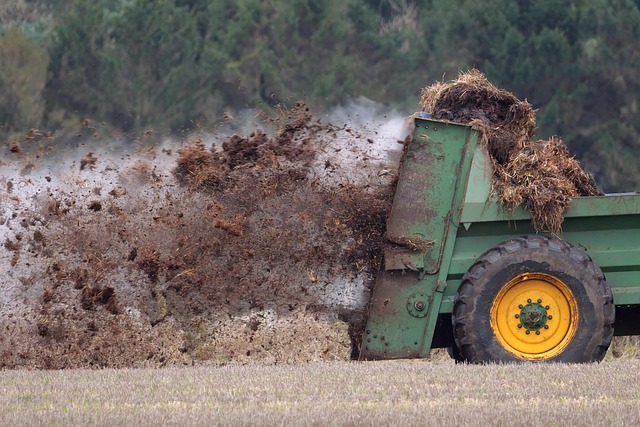Farm Equipment Guide for Small Farms, Backyards, and Homesteads
Modern farm equipment ranges from simple hand tools to compact tractors and modular systems designed for small farms, backyard gardens, chicken coops, and homesteads. Choosing the right gear depends on scale, soil type, animal care needs, and available storage. This guide explains practical equipment choices, safety considerations, and maintenance tips to help you match tools to tasks without oversimplifying the trade-offs between cost, durability, and versatility.

What equipment works for small farms?
For small farms, prioritize multipurpose machines and attachments that expand as needs change. Compact tractors with front loaders and rear three-point hitches can handle plowing, mowing, and material handling. A utility trailer, rototiller, and vacuum or blower for clearing debris are often useful. Consider powered seeders for timely planting and a small baler if you produce forage. Look for equipment that offers straightforward maintenance, easy access to service points, and strong local dealer support in your area.
How to equip a chicken coop safely?
A well-equipped chicken coop combines protection, ventilation, and ease of cleaning. A secure coop should include predator-proof locks, raised flooring or a deep-litter option, and proper ventilation to reduce ammonia buildup. Install nest boxes sized for your birds and perches at appropriate heights. Consider automatic or manual feeders and waterers that minimize spillage and contamination. For biosecurity, add washable surfaces, a drop board for collecting eggs and debris, and lighting controls to manage laying cycles in temperate climates.
Which tools fit a backyard garden or homestead?
Backyard and urban homestead setups benefit from hand tools and small powered equipment that minimize footprint. Essential hand tools include spades, forks, hoes, and a sturdy wheelbarrow. A compact tiller or cultivator can prepare beds without the cost of a tractor. For irrigation, drip systems and soaker hoses conserve water and work well in smaller plots. Storage solutions such as wall racks and pegboards keep tools organized. Prioritize ergonomic tools to reduce strain during repetitive tasks common to backyard food production.
How to maintain common farm machinery?
Regular maintenance extends equipment life and maintains safety. Establish a routine: check fluids and filters, inspect belts and hoses, grease fittings, and examine tires for wear. Follow manufacturer service intervals for oil changes and hydraulic fluid inspections. Keep attachment points clean and free from rust; replace worn pins and fasteners promptly. For electrically powered devices, ensure cords and switches are in good condition and stored away from moisture. Document maintenance activities in a simple log to track service history and anticipate part replacement.
Selecting hand tools and small implements
Choosing hand tools and small implements involves balancing durability, weight, and cost. Forged-steel heads and hardwood or fiberglass handles increase lifespan but can raise upfront expense. For homestead versatility, select tools that serve multiple purposes—for example, a digging fork that also aerates compost. Consider investing in quality pruning shears and a reliable chainsaw for wood processing, while keeping safety gear like goggles, gloves, and hearing protection on hand. Proper storage and occasional sharpening or handle replacement will keep tools performing well for years.
Conclusion
Matching farm equipment to scale, tasks, and skill level helps you manage labor, reduce downtime, and maintain animal and plant health. Small farms, backyard gardens, and homesteads share common needs for durable hand tools, multipurpose small machinery, and simple maintenance routines. For chicken coops, prioritize safety, cleanliness, and appropriate feeders and waterers. Across all settings, choose gear you can maintain locally and learn basic upkeep to extend service life and improve productivity over time.






